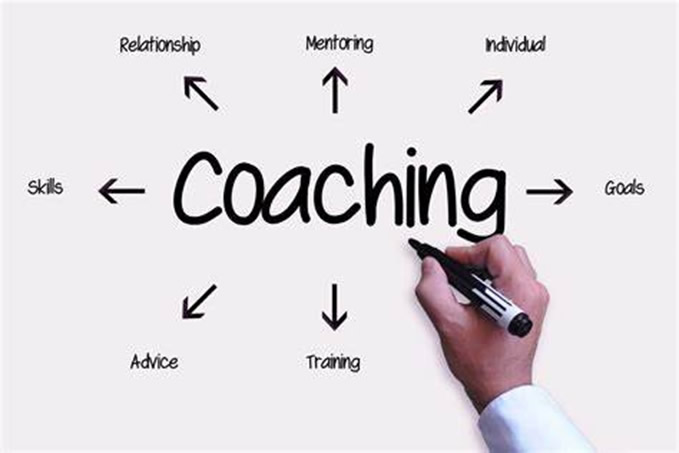Coaching is the #1 thing leaders do to drive the performance of their teams. Not surprising then that the Sales Executive Council found that sales reps who received 3+ hours of coaching per month had 17% higher goal attainment than reps who received less than 2.
But despite the huge impact of this behavior, few organizations hold their leaders accountable for doing it. What’s even worse is that there’s a huge disconnect between employees and their managers when it comes to what exactly constitutes coaching versus simply meeting 1:1.
Write things down!!! (<- you need to start doing this now!)
Writing things down is the easiest thing you can do to create huge returns on your 1:1 investment. When you crystalize topics, deliverables, and outcomes in writing, something magical happens! Writing things down drives massive accountability, helps confirm understanding in 1:1 meetings, and overcomes the inertia which ultimately results in lack of action. Conversely, when we don’t write things down, we undermine the commitments we make to ourselves, our teams, and each other.
As GTD movement leader, David Allen, says “your mind is for having ideas, not holding them.” Yet despite our fast-paced lifestyles, human ability to forget, and the abundance of technologies available for us to recall information, I’m consistently shocked by how few of us write things down, especially when it comes to 1:1 coaching conversations.
 Now, when it comes to coaching your team, you don’t have to write everything down. Just the important things. The things you don’t want to forget. The major deliverables. The topics you want to revisit the next time you meet. And the more specific the better. For example, suppose you met with one of your sales reps who needed to amp-up their pipeline generation tactics. After discussing new pipe gen strategies in your 1:1, documenting the agreed-up follow-up activities, success metrics (i.e. data), and time frame, creates a unified view of interaction; one either party can revisit to reinforce the accountability for getting it done. Magic!
Now, when it comes to coaching your team, you don’t have to write everything down. Just the important things. The things you don’t want to forget. The major deliverables. The topics you want to revisit the next time you meet. And the more specific the better. For example, suppose you met with one of your sales reps who needed to amp-up their pipeline generation tactics. After discussing new pipe gen strategies in your 1:1, documenting the agreed-up follow-up activities, success metrics (i.e. data), and time frame, creates a unified view of interaction; one either party can revisit to reinforce the accountability for getting it done. Magic!
The trick here is writing things down in a place where both participants can view, contribute, and track progress towards the next discussion or deliverable. Sending an email that inevitably ends up in the inbox abyss doesn’t count. Google docs, Evernote, or your CRM are all better choices.
Like going to the gym, providing your team with expert 1:1 coaching has huge returns but is easier said than done. Through patience, practice, and these 4 key tactics, you’ll be well on your way to becoming a coaching black belt!



